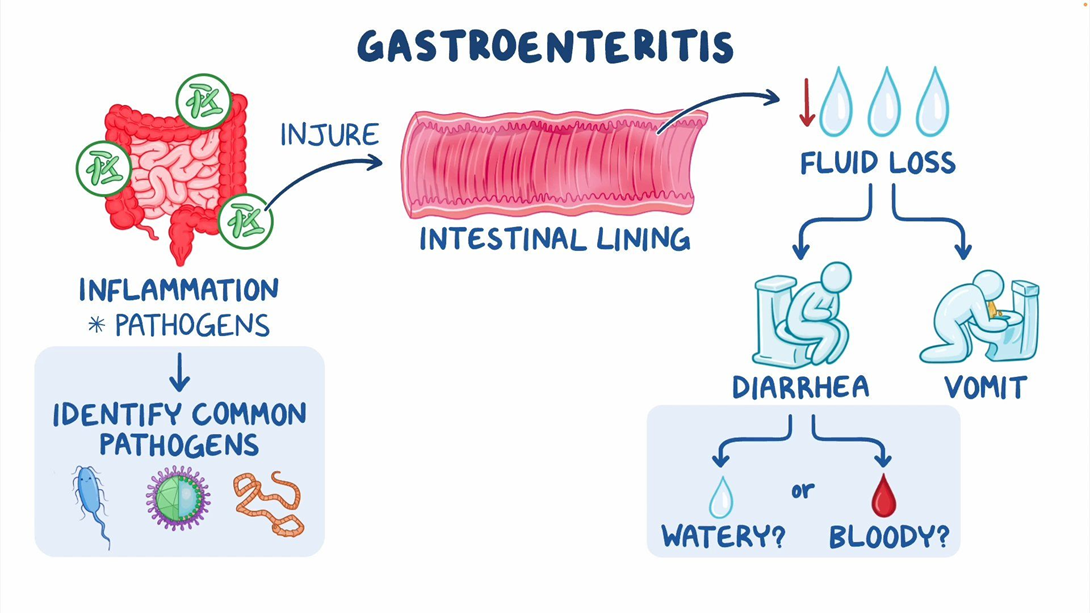A nurse is caring for a client who has a small-bore jejunostomy tube and is receiving a continuous tube feeding with a high-viscosity formula. Which of the following actions should the nurse take to prevent the tubing from clogging?
Administer the feeding by gravity drip.
Flush the tubing with 10 mL water every 6 hr.
Replace the bag and tubing every 24 hr.
Heat the formula prior to infusion.
The Correct Answer is B
Choice A reason: Administering the feeding by gravity drip is not an appropriate action for a client who has a small-bore jejunostomy tube and is receiving a high-viscosity formula. Gravity drip can cause overfeeding, aspiration, and abdominal distension. The nurse should use an infusion pump to regulate the flow rate and volume of the feeding.
Choice B reason: Flushing the tubing with 10 mL water every 6 hr is an appropriate action for a client who has a small-bore jejunostomy tube and is receiving a high-viscosity formula. Flushing the tubing prevents clogging, maintains patency, and hydrates the client. The nurse should also flush the tubing before and after medication administration, and whenever the feeding is interrupted or discontinued.
Choice C reason: Replacing the bag and tubing every 24 hr is not an appropriate action for a client who has a small-bore jejunostomy tube and is receiving a high-viscosity formula. Replacing the bag and tubing every 24 hr does not prevent clogging, and may increase the risk of infection and contamination. The nurse should replace the bag and tubing every 48 hr, or as per facility policy.
Choice D reason: Heating the formula prior to infusion is not an appropriate action for a client who has a small-bore jejunostomy tube and is receiving a high-viscosity formula. Heating the formula can alter its composition, reduce its nutritional value, and increase the risk of bacterial growth. The nurse should use room-temperature formula and store it in a refrigerator when not in use.
Nursing Test Bank
Naxlex Comprehensive Predictor Exams
Related Questions
Correct Answer is C
Explanation
Choice A reason: The standard DASH diet limits sodium intake to 2,300 milligrams per day, which is about the amount of sodium in 1 teaspoon of table salt¹. A lower sodium version of DASH restricts sodium to 1,500 milligrams per day, which may lower blood pressure even further¹. Therefore, limiting sodium intake to 3,200 milligrams per day is not consistent with the DASH diet.
Choice B reason: The DASH diet recommends eating fewer refined carbohydrates and less sugar, as they can increase blood pressure and cholesterol levels². Instead, the DASH diet emphasizes eating more whole grains, fruits, and vegetables, which are rich in fiber, potassium, calcium, and magnesium².
Choice C reason: The DASH diet encourages consuming foods that are high in calcium, such as fat-free or low-fat dairy products, fish, beans, and nuts¹. Calcium is a mineral that helps regulate blood pressure and supports bone health³. Studies have shown that increasing calcium intake can lower blood pressure in people with hypertension³.
Choice D reason: The DASH diet advises limiting foods that are high in saturated fat, such as fatty meats, full-fat dairy products, and tropical oils such as coconut, palm kernel, and palm oils¹. Saturated fat can raise blood pressure and cholesterol levels, which can increase the risk of heart disease and stroke. The DASH diet recommends consuming no more than six percent of total calories from saturated fat¹.
Correct Answer is A
Explanation
Choice A reason: Confusion and weakness are signs of dehydration and electrolyte imbalance, which can result from vomiting and diarrhea. These are serious complications that can affect the client's mental status, blood pressure, heart rate, and kidney function. The nurse should report these changes to the provider and monitor the client's vital signs and fluid status.
Choice B reason: Dry oral mucosa and furrowed tongue are also signs of dehydration, but they are less severe than confusion and weakness. The nurse should report these changes to the provider as well, but they are not the most urgent ones.
Choice C reason: Clear lungs bilaterally are a normal finding and do not indicate any change in the client's condition. The nurse should document this finding, but it does not require reporting to the provider.
Choice D reason: A soft and non-tender abdomen is a normal finding and does not indicate any change in the client's condition. The nurse should document this finding, but it does not require reporting to the provider.

Whether you are a student looking to ace your exams or a practicing nurse seeking to enhance your expertise , our nursing education contents will empower you with the confidence and competence to make a difference in the lives of patients and become a respected leader in the healthcare field.
Visit Naxlex, invest in your future and unlock endless possibilities with our unparalleled nursing education contents today
Report Wrong Answer on the Current Question
Do you disagree with the answer? If yes, what is your expected answer? Explain.
Kindly be descriptive with the issue you are facing.
